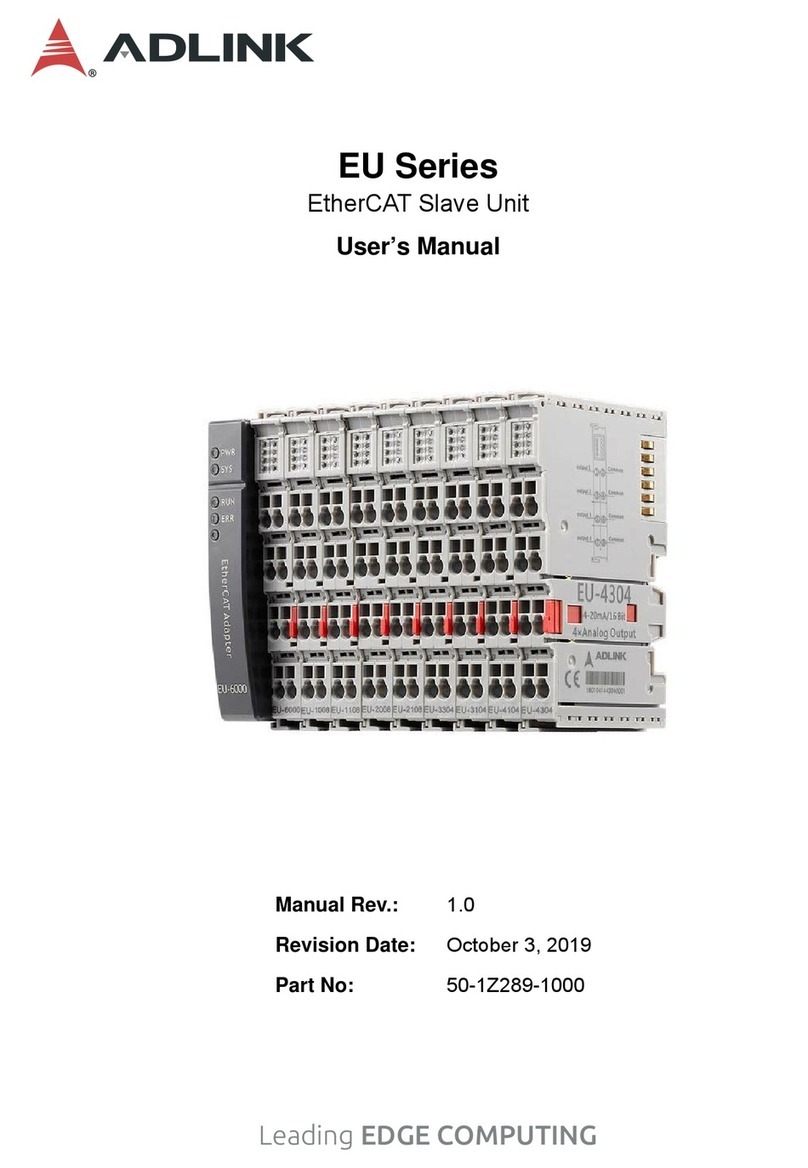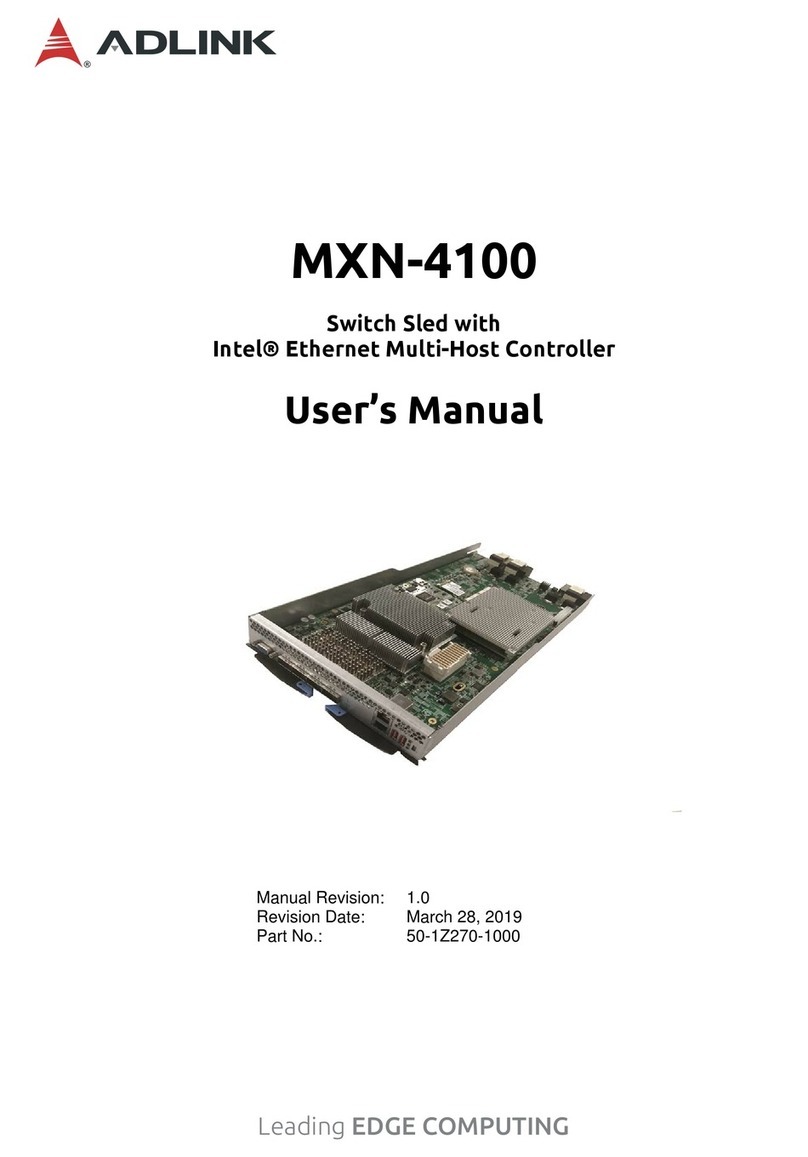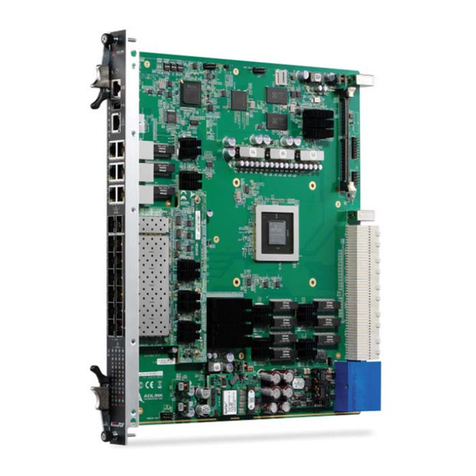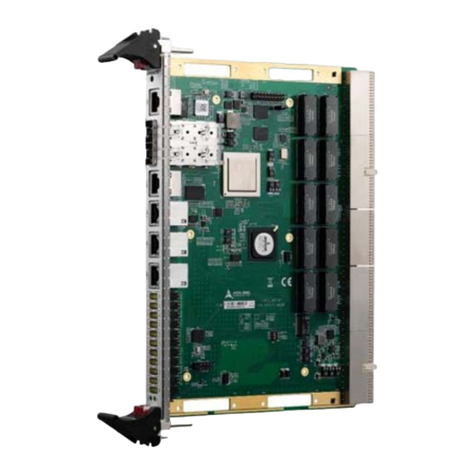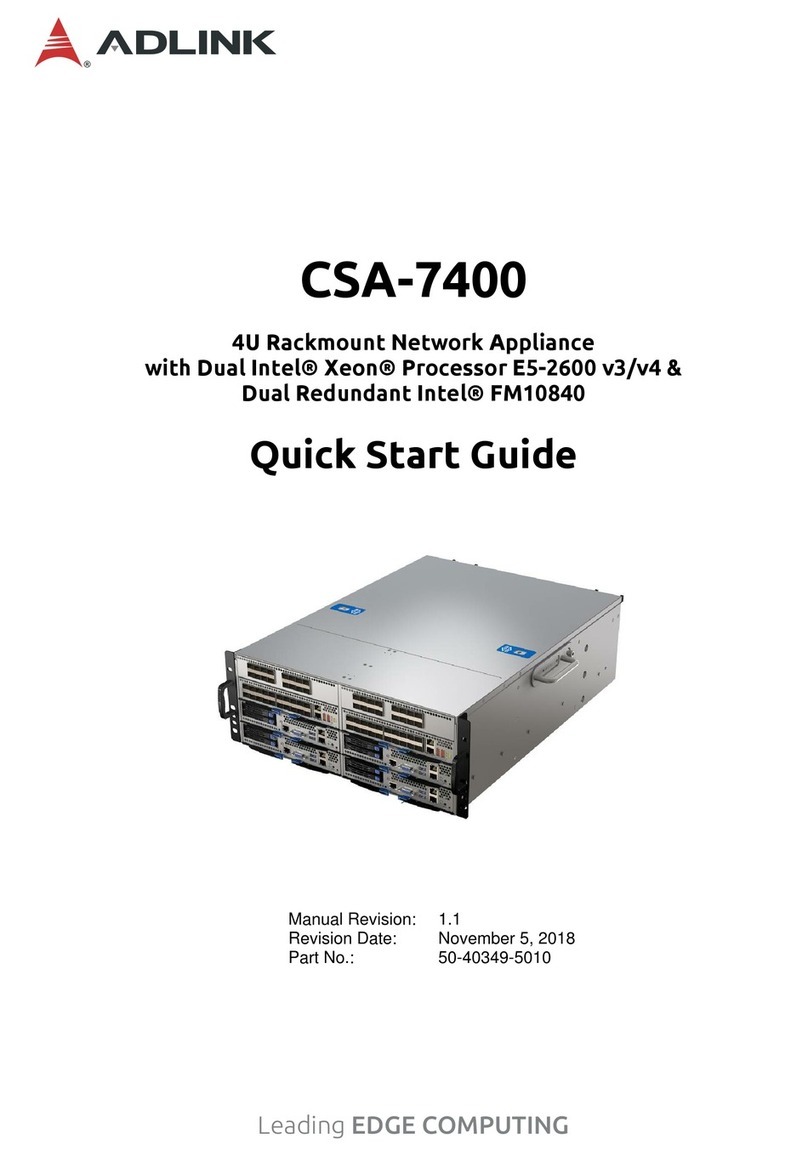
aTCA-3430 User's Manual
4
Table of Contents
Revision History .................................................................................................................................... ii
Preface................................................................................................................................................... iii
List of Tables......................................................................................................................................... vi
List of Figures ....................................................................................................................................... vi
Abbreviations....................................................................................................................................... vii
1. Overview........................................................................................................................................... 9
1.1 Introduction................................................................................................................................ 9
1.2 Functional Block Diagram ...................................................................................................... 10
1.3 Package Contents ................................................................................................................... 10
2. Features and Specifications......................................................................................................... 11
3. External Interfaces ........................................................................................................................ 12
3.1 Front Panel............................................................................................................................... 12
3.2 Front Panel............................................................................................................................... 12
3.2.1 Serial Console Port................................................................................................................. 12
3.2.2 USB Port................................................................................................................................. 13
3.2.3 Management Ethernet Port .................................................................................................... 13
3.2.4 Service Ports .......................................................................................................................... 14
3.2.5 Reset Switch........................................................................................................................... 14
3.2.6 LEDs and Markers .................................................................................................................. 14
3.3 Zone 2 Backplane Interfaces.................................................................................................. 15
4. Getting Started............................................................................................................................... 16
4.1 Safety Requirements............................................................................................................... 16
4.2 Quick Start ............................................................................................................................... 17
4.2.1 Hardware Configuration Setting ............................................................................................. 17
Headers and Jumpers................................................................................................................... 18
DIP Switches................................................................................................................................. 21
Programmable Devices................................................................................................................. 22
4.2.2 Connecting to the Blade .........................................................................................................23
Connecting to the aTCA-3430 via COM port ................................................................................ 23
Connecting to the aTCA-3430 remotely ....................................................................................... 25
Boot into CLI for Base Switch Management ................................................................................. 26
Boot into CLI for Fabric Switch Management ............................................................................... 27
5. Software Setup/Update/Recovery................................................................................................ 28
5.1 U-Boot Installation .................................................................................................................. 28
5.1.1 Building U-Boot....................................................................................................................... 28
5.1.2 Updating U-Boot ..................................................................................................................... 28
5.2 BSP/Embedded Linux/BCM SDK Installation ....................................................................... 29
5.3 Redundant LMP Firmware & Boot ......................................................................................... 31
5.3.1 Boot Auto-Switch .................................................................................................................... 31
5.3.2 Boot Manual Switch................................................................................................................ 31
5.4 IPMI Firmware Update Procedure.......................................................................................... 32
5.4.1 Update over Serial Interface................................................................................................... 32
5.4.2 Update over LAN .................................................................................................................... 32
6. Configuring and Managing the Fabric Switch ............................................................................. 34
7. Advanced Operation ..................................................................................................................... 35
7.1 Switching I/O between Front Panel and Base Switch ......................................................... 35
7.2 Switch UART Serial Port between Front Panel and IPMC................................................... 36
8. Architecture Overview .................................................................................................................. 38
8.1 LMP Subsystem....................................................................................................................... 38












